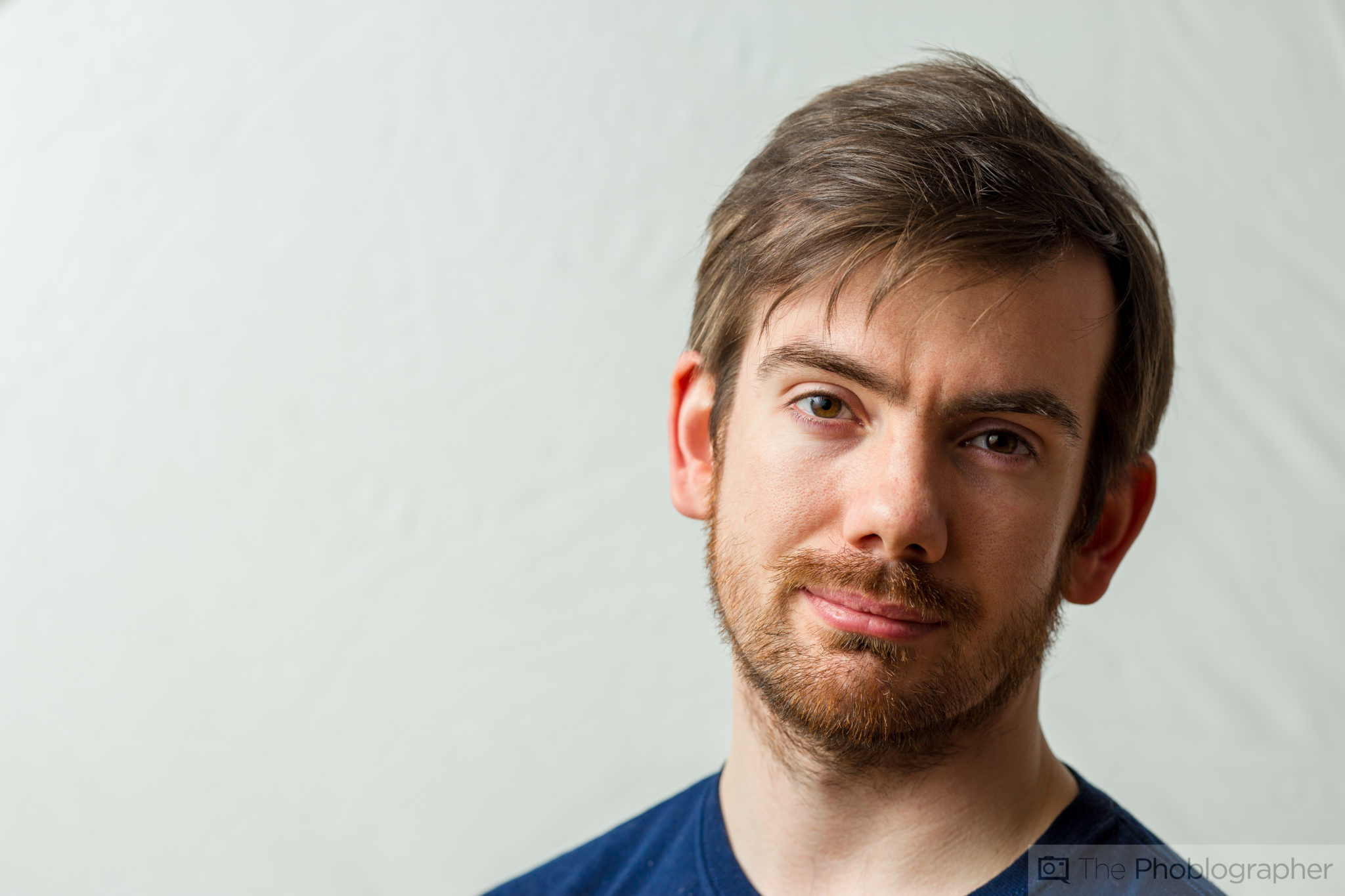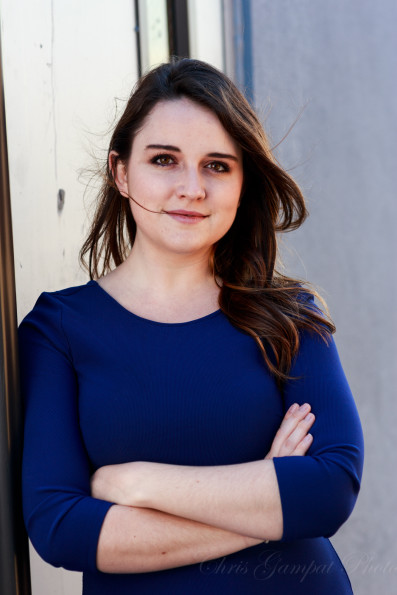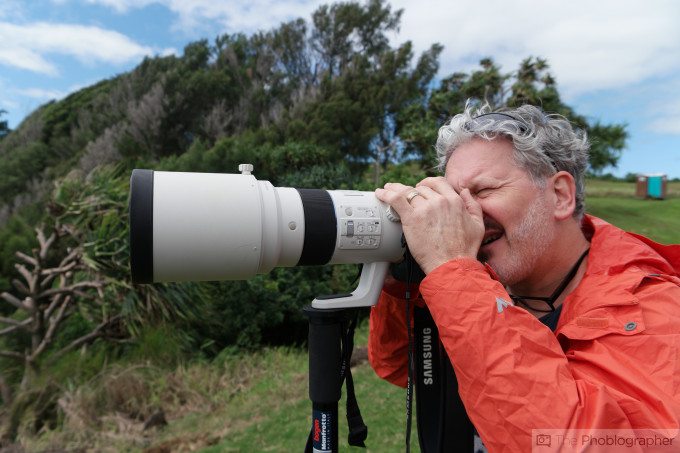Generally speaking, I never recommend that any photographer focuses and recomposes their camera. With cameras that have well over 100 autofocus points these days, why would you? In practical terms, sometime’s it’s just faster and easier for you to focus and recompose when creating an image vs moving the focusing point selection from one side of the viewfinder to the other.
Back in the film days, photographers used to use the focus and recompose method often because the focusing point was in the center of the viewfinder. The way they did it then was arguably more forgiving before the digital camera world became all about pixel peeping and 100% sharpness at all times.
With digital’s maturity though, photographers can honestly go back to the method with ease. Here’s how to do it in case you never have.
Use the Center Focusing Point
To start this off, don’t set the camera to automatically choose a focusing point for you. The reason why is that this overly complicates things. Instead, make sure that the center focusing point is always selected. It gives you the most work room when recomposing an image.
Before I go on, I should really make this clear: focusing and recomposing is best if you’re really in a rush and you don’t necessarily care about 100,000% sharpness. You’re going to need to make that judgement for yourself based on practical reasoning and thought. One of the biggest determining factors here has to do with your aperture. The less that is in focus to begin with, the greater the chance of you completely missing your subject during the recomposition. If you’re shooting a landscape at f11 and then recomposing, then who really cares?
This method is honestly designed for images that aren’t meant to be pixel peeped–and lots and lots and lots and lots and lots and lots of photographers export their images with this intention. It’s very important especially when deliver photos to a client in various situations.
Did I mention lots of us do it? Indeed, not everything is meant to be pixel peeped and viewed under a microscope. Instead, many images are meant for you to *gasp* look at!
Don’t Pivot the Camera, Slide It
When recomposing, what I generally recommend is not pivoting the camera. Instead, try to slide it along the same plane of focus. If you’re on a tripod, then you should try to compose before you focus; but the focus and recompose method is generally used by those of us who handhold a camera.
For years, film photographers pivoted the camera even when their lenses were wide open. The problem here is that the focus area is so thin that you don’t have a guarantee that something you’re trying to photograph will be in focus. With sliding, you’ve got more of a chance. Considering the mannerisms of the digital world, you’re also better off because it will give you a better chance at an overall sharper photo–though the idea of sharp enough is surely common!
Reasoning Behind This
Here’s the thought process behind all of this:
- Take a block, cube or something else and place it against a flat surface so that it’s flush. Then pivot it just a bit.
The block represents the focusing zone and the flat surface is your subject. When you pivot, you throw off the fact that the focusing is flush with the subject. Now try this:
- Take the block, place it against a flat surface so that it’s flush and then slide it along.
With the block representing the focusing again, you can now see that it still stays on the same plane. To that end, it also stays on the same focusing plane.
Some photographers may call schadenfreude, but it’s simple physics.





